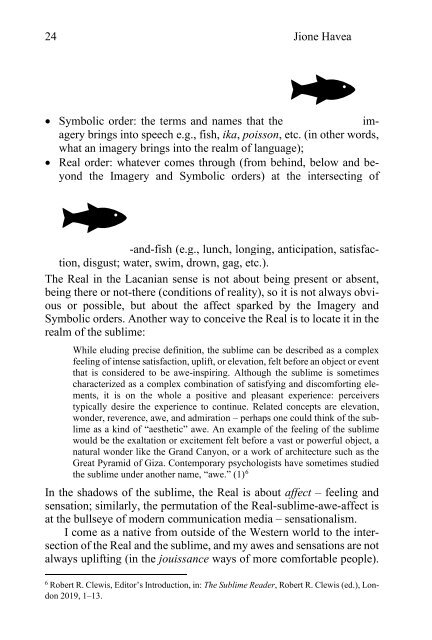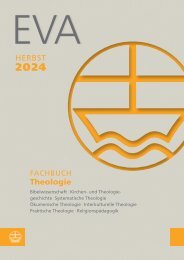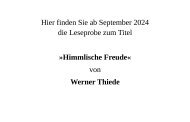Jione Havea (Ed.): MEDIAting Theology (Leseprobe)
This collection engages the challenges and opportunities for doing theology in the context or age of media. The intersection of media with theology is reciprocating: media boosts theology in its functions to inform, connect and educate; theology humbles the globalizing media with a reminder – media is in mediation but not in domination. Media and theology thus intersect at mediating (negotiating, interceding, resisting, protesting) and they should avoid the temptation to colonize. The essays are presented in two overlapping clusters: Mediascapes (intersection of media and a selection of land- and sea-scapes) and Mediations (implications of mediating theology for interrogating hegemonies). The topics addressed include social media and #tag cultures, the fourth industrial revolution and artificial intelligence, homiletics, social resistance, Palestine, Latin America, climate change, and Covid-19.
This collection engages the challenges and opportunities for doing theology in the context or age of media. The intersection of media with theology is reciprocating: media boosts theology in its functions to inform, connect and educate; theology humbles the globalizing media with a reminder – media is in mediation but not in domination. Media and theology thus intersect at mediating (negotiating, interceding, resisting, protesting) and they should avoid the temptation to colonize.
The essays are presented in two overlapping clusters: Mediascapes (intersection of media and a selection of land- and sea-scapes) and Mediations (implications of mediating theology for interrogating hegemonies). The topics addressed include social media and #tag cultures, the fourth industrial revolution and artificial intelligence, homiletics, social resistance, Palestine, Latin America, climate change, and Covid-19.
You also want an ePaper? Increase the reach of your titles
YUMPU automatically turns print PDFs into web optimized ePapers that Google loves.
24 <strong>Jione</strong> <strong>Havea</strong><br />
• Symbolic order: the terms and names that the<br />
imagery<br />
brings into speech e.g., fish, ika, poisson, etc. (in other words,<br />
what an imagery brings into the realm of language);<br />
• Real order: whatever comes through (from behind, below and beyond<br />
the Imagery and Symbolic orders) at the intersecting of<br />
-and-fish (e.g., lunch, longing, anticipation, satisfaction,<br />
disgust; water, swim, drown, gag, etc.).<br />
The Real in the Lacanian sense is not about being present or absent,<br />
being there or not-there (conditions of reality), so it is not always obvious<br />
or possible, but about the affect sparked by the Imagery and<br />
Symbolic orders. Another way to conceive the Real is to locate it in the<br />
realm of the sublime:<br />
While eluding precise definition, the sublime can be described as a complex<br />
feeling of intense satisfaction, uplift, or elevation, felt before an object or event<br />
that is considered to be awe-inspiring. Although the sublime is sometimes<br />
characterized as a complex combination of satisfying and discomforting elements,<br />
it is on the whole a positive and pleasant experience: perceivers<br />
typically desire the experience to continue. Related concepts are elevation,<br />
wonder, reverence, awe, and admiration – perhaps one could think of the sublime<br />
as a kind of “aesthetic” awe. An example of the feeling of the sublime<br />
would be the exaltation or excitement felt before a vast or powerful object, a<br />
natural wonder like the Grand Canyon, or a work of architecture such as the<br />
Great Pyramid of Giza. Contemporary psychologists have sometimes studied<br />
the sublime under another name, “awe.” (1) 6<br />
In the shadows of the sublime, the Real is about affect – feeling and<br />
sensation; similarly, the permutation of the Real-sublime-awe-affect is<br />
at the bullseye of modern communication media – sensationalism.<br />
I come as a native from outside of the Western world to the intersection<br />
of the Real and the sublime, and my awes and sensations are not<br />
always uplifting (in the jouissance ways of more comfortable people).<br />
6<br />
Robert R. Clewis, <strong>Ed</strong>itor’s Introduction, in: The Sublime Reader, Robert R. Clewis (ed.), London<br />
2019, 1–13.
















